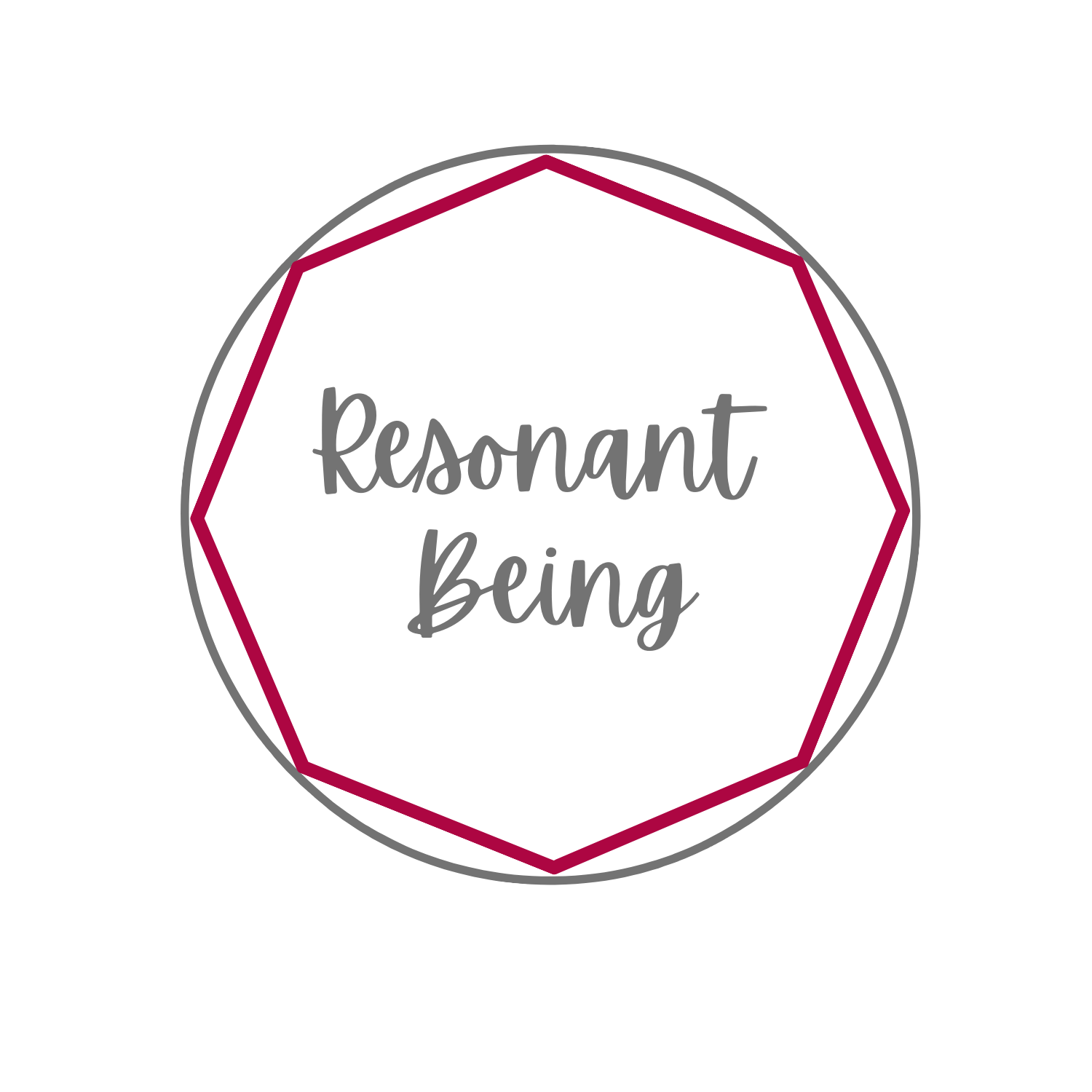It doesn’t have to be loud to be effective when it comes to sound healing
Research on blood cells shows there is a Goldilocks sound pressure (volume) level which offers the most healing benefit on a cellular level. I am grateful to the research of John Stuart Reid and the Shift Network for sharing this knowledge. What does this suggest about how we approach healing, and possibly life in general? I hope this blog offers some insights and facts and would love to hear your experiences.
I remember at a music festival a few years ago feeling like the inside of my body was cooking. Intuitively the volume levels of the bands on stage felt too high for the number of people in the space. After several hours, and starting to feel nauseous, I found an oak tree to hug.
It’s interesting to observe how we may be conditioned that bigger, louder, more extreme is better and how this crosses over into approaches to healing. When life is loud it seems we need to shout louder to capture attention. It is true that sound quiets our mind by submerging it. But, in my experience, it is the complexity and beauty of the sound, not just the volume, that does the trick at lulling us into a meditative state.
Isn’t it interesting that the beauty of such a huge power tool of an instrument (the gong) is actually to be found in its subtleties? The biology is clear about it according to research by John Stuart Reid of Cymascope Ltd: red blood cells received maximum healing benefits at a db level of 70-85. Below that, the sound is too weak and over 90db the cells experienced damage.
I sense that the nervous system enjoys the same sort of moderate volume. But we need to put the nervous system at ease before immersing it in sound. Which is why in my sessions you will often be guided by a body settling or breathing practise first.
Healing is also about perceiving joy and beauty in sound or music and how this affects our brain. So if someone doesn’t like the gongs (whether loud or quiet) they are quite right to find a sound that they do appreciate and feel safe with. “Pushing through” is not the intention, that pattern is often how we came to seek healing.
Over the years I have noticed that different types people have different energetic capacities for sound. Very light and open people can sometimes become overwhelmed, more robust people can often “take more” of the gongs. In Ayurvedic speak the vata, pitta and kapha tendencies of being more air, fire or earth.
I know my capacity has changed over the years as I have gone through period of more intense spiritual practise and more grounded being in the world. For example I used to find the crystal bowls overwhelming until I found my own way of working with them. When I am on my bleed I find loud drumming or gongs can be challenging.
People themselves often express a preference for loud or soft playing. And without wanting to judge what is needed in the sound space, as practitioners we will serve our clients well when we feel into what is needed, rather than assuming that we must shake the walls to feel we’ve offered a “good gonging.” Or bowing to the preference of the majority for very gentle sound. We can trust that although we cannot please everyone we can support the healing mechanisms of the body.
I have recently experimented with a db sound meter and interestingly found myself to be mostly playing within the Goldilocks range. It also ‘just felt right’ to me in the space. On a practical level I often encourage those who like stronger sound to come closer to the gongs and those who feel sensitive to take more space. It can be really helpful to tune into how our whole body feel hears sound rather than the analytical minds appraisal of the sound. For the ears hear a small range of what the gong (or bowls, harp or any other complex instrument) produces. But the body feels it all.
It’s all about deep listening. Always.
